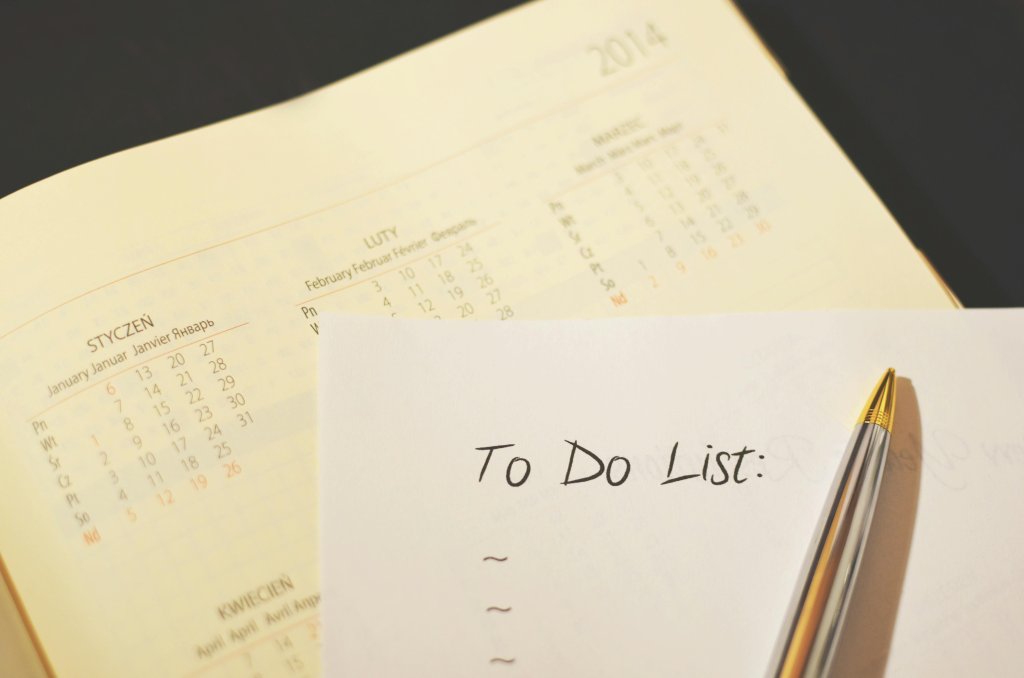
In today’s fast-paced work environment, staying organized and on top of tasks is essential for productivity and success. However, with the myriad of responsibilities, meetings, and deadlines, it’s easy for things to slip through the cracks. Fortunately, there are strategies and techniques you can employ to improve your memory and ensure that you remember tasks throughout your workday. In this comprehensive guide, we’ll explore practical tips and methods to help you master your workday and boost your productivity.
Understanding Memory:
Before diving into specific techniques, it’s helpful to understand how memory works. Memory can be divided into three main stages: encoding, storage, and retrieval.
- Encoding: This is the process of taking in information and converting it into a form that can be stored in the brain.
- Storage: Once information is encoded, it is stored in various areas of the brain for later retrieval.
- Retrieval: This is the process of accessing stored information when needed.
By understanding these stages, we can tailor our strategies to optimize each aspect of memory.
Practical Strategies for Remembering Tasks:
- Write It Down:
- One of the most effective ways to remember tasks is to write them down. Whether you prefer a traditional notebook, a digital to-do list, or a task management app, find a method that works for you and stick to it.
- Make sure to capture tasks as soon as they come to mind to prevent them from slipping away.
- Break down larger tasks into smaller, more manageable subtasks to make them easier to remember and tackle.
- Prioritize Tasks:
- Not all tasks are created equal. Prioritize your tasks based on urgency and importance.
- Use techniques like the Eisenhower Matrix to categorize tasks into four quadrants: urgent and important, important but not urgent, urgent but not important, and neither urgent nor important.
- Focus on completing tasks in the first two quadrants first to ensure that you’re addressing the most critical priorities.
- Create a Daily Routine:
- Establishing a daily routine can help create structure and consistency in your workday.
- Set aside dedicated time each morning to review your tasks and plan your day.
- Incorporate regular breaks throughout the day to rest and recharge, which can help improve concentration and memory.
- Use Reminders and Alarms:
- Leverage technology to set reminders and alarms for important tasks and deadlines.
- Utilize calendar apps, task management software, or built-in reminders on your smartphone to stay on track.
- Experiment with different types of reminders, such as pop-up notifications, email alerts, or audible alarms, to find what works best for you.
- Practice Active Recall:
- Actively engaging with information can improve retention and recall.
- Instead of simply reading or listening to instructions, try to summarize key points or teach the material to someone else.
- Quiz yourself periodically throughout the day to reinforce memory and retention.
- Use Mnemonic Devices:
- Mnemonic devices are memory aids that help you remember information through association.
- Techniques like acronyms, visualization, and rhymes can make information more memorable and easier to recall.
- Get creative with mnemonic devices to tailor them to your specific tasks and preferences.
- Review and Reflect:
- Regularly review your tasks and progress to ensure that nothing falls through the cracks.
- Take time at the end of each day to reflect on what you accomplished and what still needs to be done.
- Use this reflection time to adjust your priorities and plan for the following day.
- Stay Organized:
- A cluttered workspace can lead to a cluttered mind. Keep your workspace clean and organized to minimize distractions and improve focus.
- Develop a filing system for digital and physical documents to make information easier to find when needed.
- Use labels, folders, and color-coding to categorize tasks and resources for quick reference.
Conclusion:
Remembering tasks during your workday is essential for productivity and success. By implementing the strategies outlined in this guide, you can improve your memory, stay organized, and tackle your tasks with confidence. Whether you prefer traditional pen and paper or cutting-edge technology, there’s a method that will work for you. Experiment with different techniques, and don’t be afraid to adjust your approach as needed. With practice and perseverance, you can master your workday and achieve your goals.
